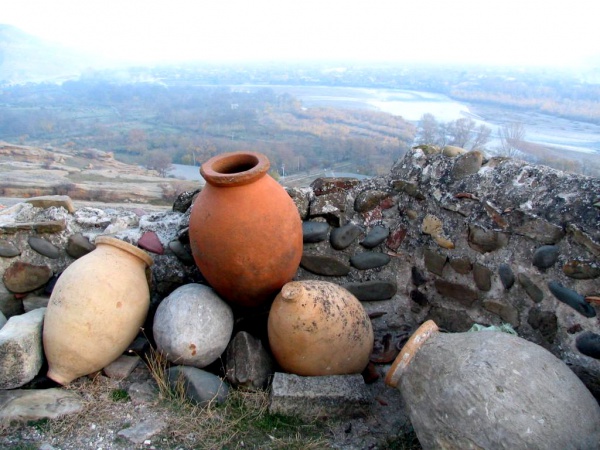Facts About Georgian wine
Georgia is celebrated as one of the most ancient wine regions in the world, boasting a rich history that spans at least 8,000 years. Nestled within the fertile valleys and sheltered slopes of Transcaucasia, this region has been a cradle of grapevine cultivation and Neolithic wine production. Wine traditions in Georgia are deeply embedded in the nation's fabric, owing to their profound economic and cultural significance. In recognition of this heritage, UNESCO designated the traditional Georgian winemaking method using Kvevri clay jars as an Intangible Cultural Heritage of Humanity in 2013.
The roots of Georgian viticulture run deep, with evidence of winemaking dating back to around 6,000 BC. Unique vessels such as Kvevris and various other pottery items have played a crucial role in these ancient practices. Over the centuries, wine has held a prominent place in Georgian society, as evidenced by numerous artifacts and artworks. The adoption of Christianity in Georgia further amplified the cultural importance of wine.
During the Soviet era, Georgian wines enjoyed immense popularity, particularly within the Soviet market. However, political tensions with Russia caused a significant setback when a Russian embargo was imposed in 2006. Despite this challenge, Georgia has remained optimistic about expanding its export markets, particularly through agreements with the European Union, to mitigate the risks of future embargoes.
Today, Georgian viticulture thrives with contributions from thousands of small farmers, monasteries, and modern wineries. The country is the second-largest grape producer in the former Soviet Union, maintaining a strong tradition of winemaking. Georgian wines are typically categorized by their sweetness levels and are often blends of different grape varieties. These wines are exported to various countries, with Ukraine being a notable market.
Georgia boasts a diverse array of grape varieties, both red and white, with only a select few cultivated for commercial purposes. These unique varieties contribute to the distinctive flavors and styles of Georgian wines. The country’s wine-producing regions, including Kakheti, Kartli, Imereti, Racha-Lechkhumi and Kvemo Svaneti, Adjara, and Abkhazia, each offer their own unique characteristics and specialties.

 Russia
Russia